For example, C Dominant 7th chord will be written as C7. Read the rest of this entry »
 |
| 1 | | | 2 | | | 3 | | | 4 | | | 5 | | | 6 | | | 7 | | | 8 |
| 9 | | | 10 | | | 11 | | | 12 | | | 13 | | | 14 | | | 15 | | | 24 thru 50 |
| 16 | | | 17 | | | 18 | | | 19 | | | 20 | | | 21 | | | 22 | | | 23 |
Access free 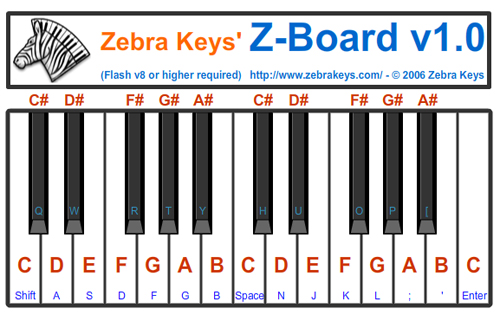 to practice this song now: How to use Z-BOARD For all users (except for those who have a non-touch screen device) – click directly on the keypad of the Z-Board to play that key. |
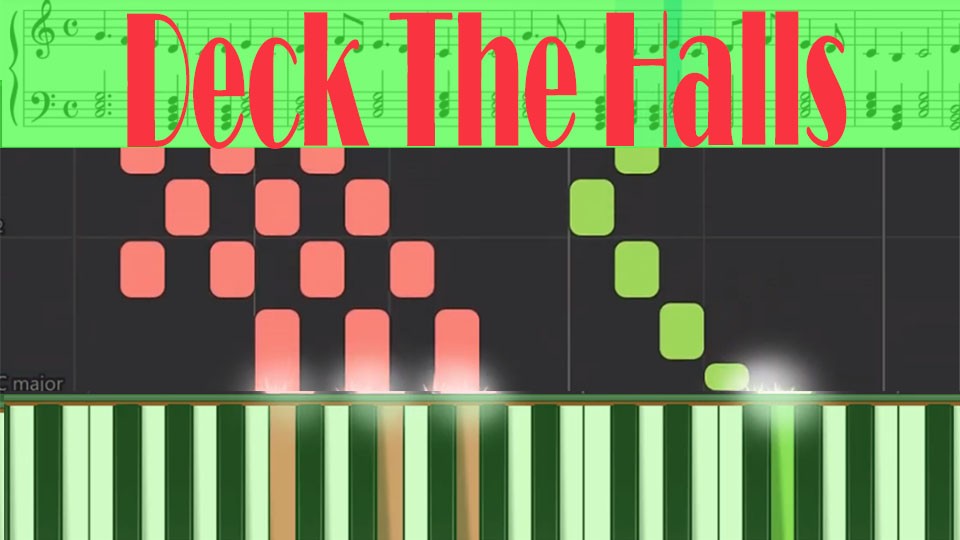
|
C chord – C-E-G F chord – F-A-C G chord – G-B-D D chord – D-F#-A |
| ___________________________________ |
| You May Also Like: |
| Free White Piano Key Names 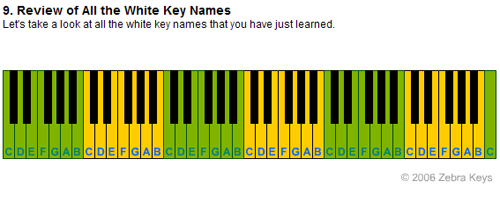 |
Piano Piano Layout 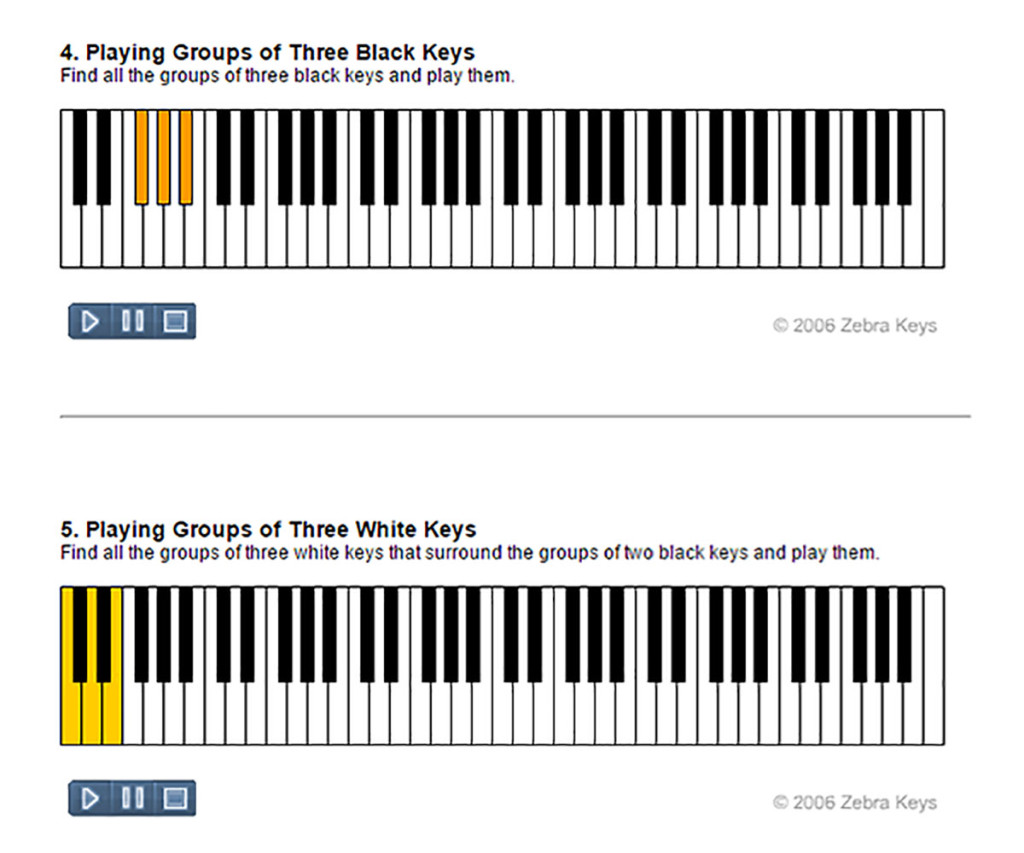 |
Tutorials Black Piano Keys Names  |
How To 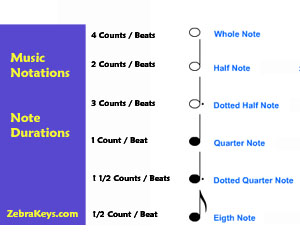 |
Read Music 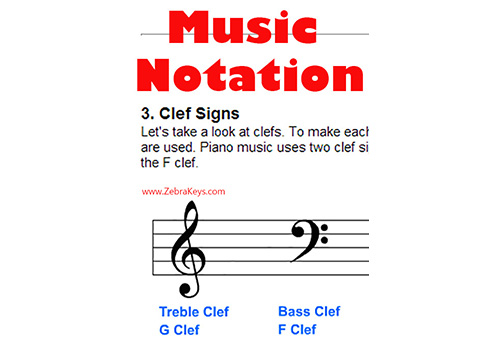 |
Virtual Piano  |
 |
Learn to play Song 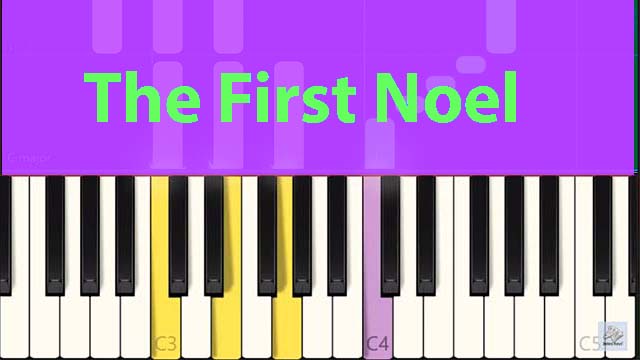 |
Holiday Song 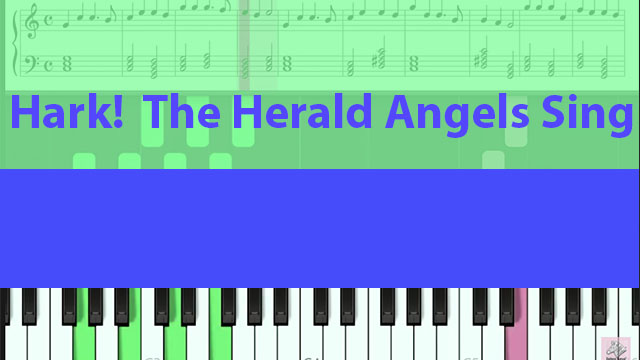 |
Song for Beginners 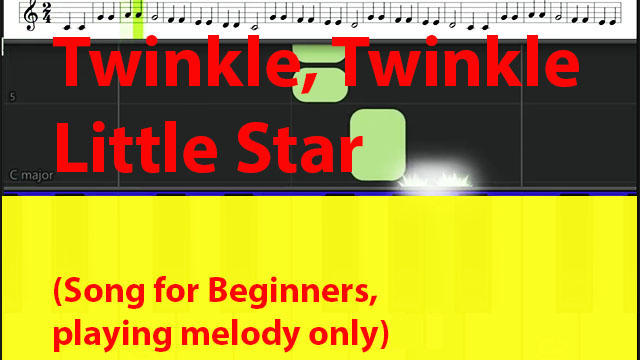 |
Free Sheet Music provided 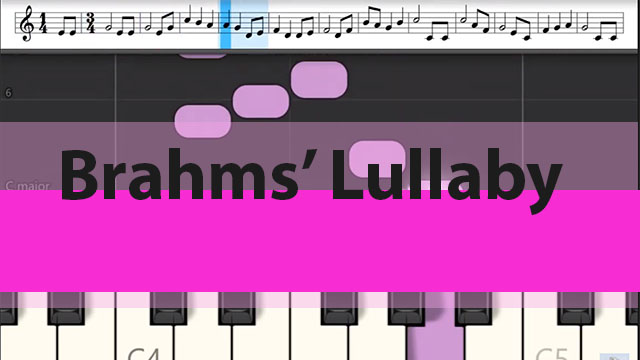 |
| 1 | | | 2 | | | 3 | | | 4 | | | 5 | | | 6 | | | 7 | | | 8 |
| 9 | | | 10 | | | 11 | | | 12 | | | 13 | | | 14 | | | 15 | | | 24 thru 50 |
| 16 | | | 17 | | | 18 | | | 19 | | | 20 | | | 21 | | | 22 | | | 23 |
| Learn Song Read the rest of this entry » |
| ___________________________________________ |
| You May Also Like: |
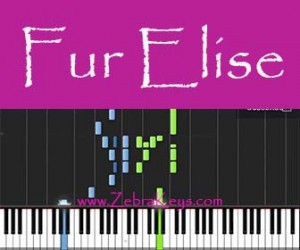 |
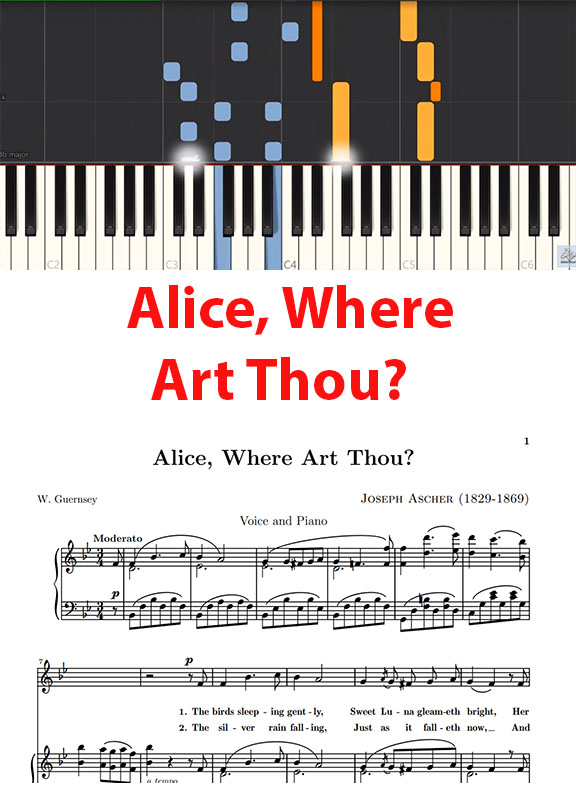 |
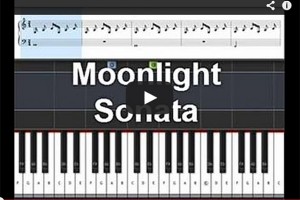 |
 |
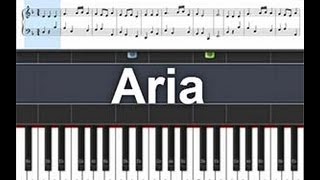 |
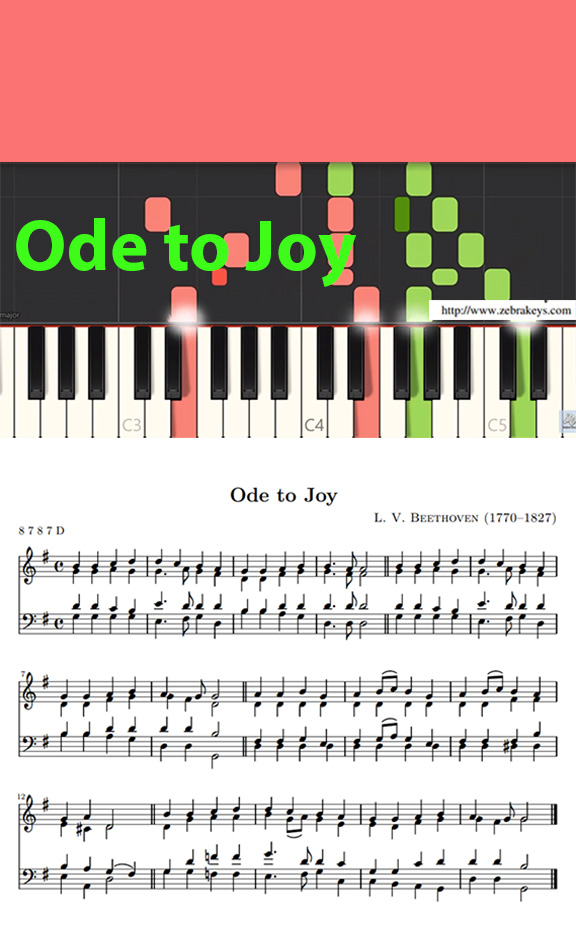 |
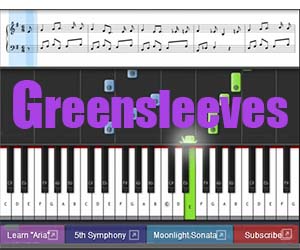 |
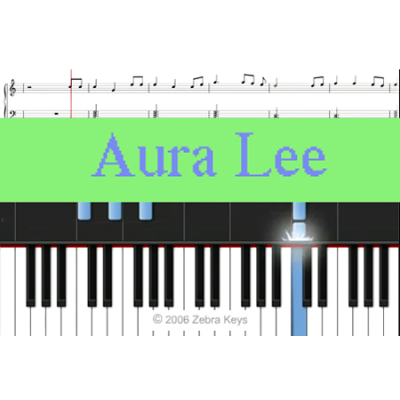 |
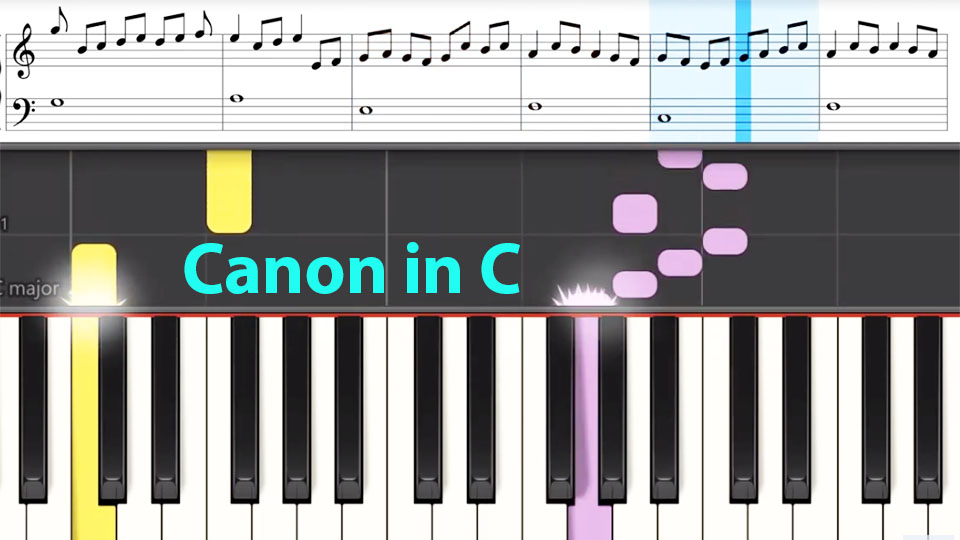 |
 |
| _____________________________________________ |
| You May Also Like: |
More of Beethoven’s famous classical pieces: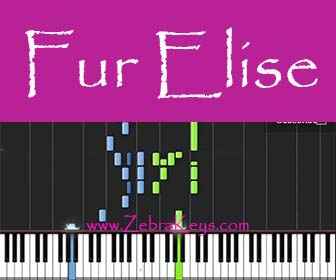 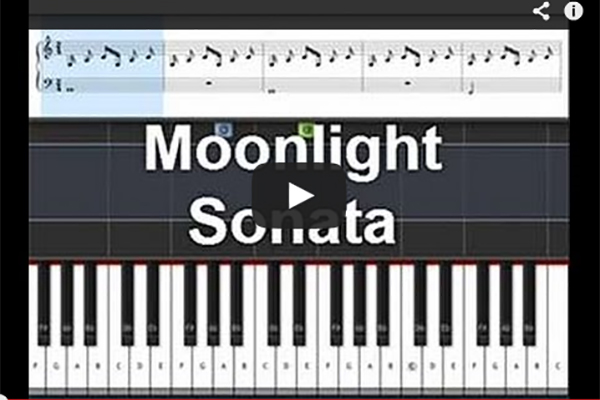 |
| ____________________________ |
| Click below to access: |
| Page 1 | | | Page 2 | | | Page 3 | | | Page 4 | | | Page 5 |
| Page 6 | | | Page 7 | | | Page 8 | | | Page 9 | | | Page 10 |
| Page 11 | | | Table of Contents | | | 5-Finger Exercise | | | Children Music | | | Easy Songs |
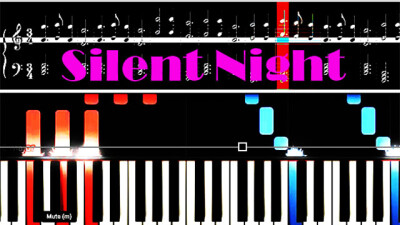 |
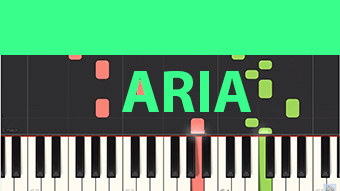 |
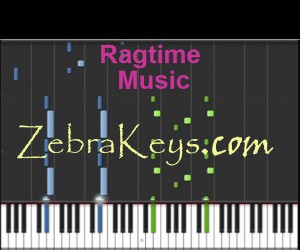 |
 |
 |
 |
 |
 |
 |
Piano Improvisation
| Lesson 34 – Melody as Octaves |
| Lesson 35 – Root Chord Pattern |
| Lesson 36 – Harmony Notes |
Piano Techniques
| Lesson 37 – Major Chord Inversions | Lesson 38 – Chord Inversion Straddles |
Christmas Songs
| Lesson 39 – Learn to Play “The First Noel” | Lesson 40 – Learn “Auld Lang Syne” |
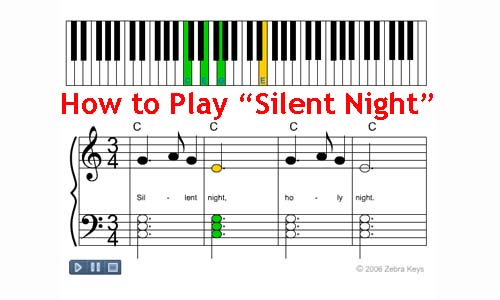 |
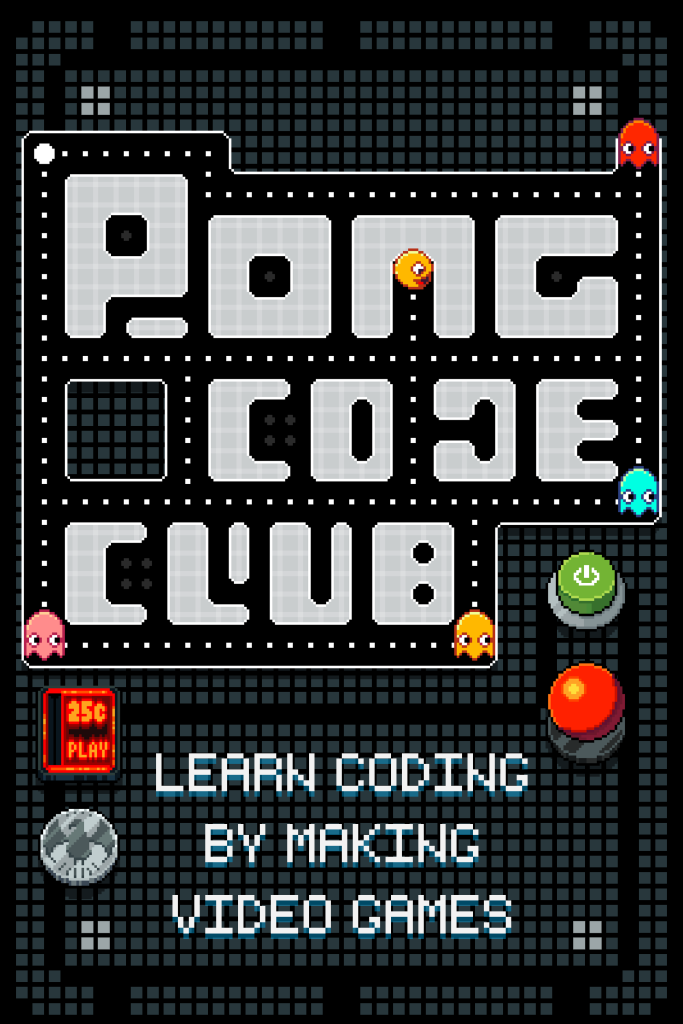 |
More free Resources:
 |
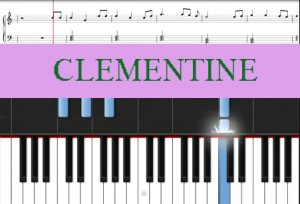 |
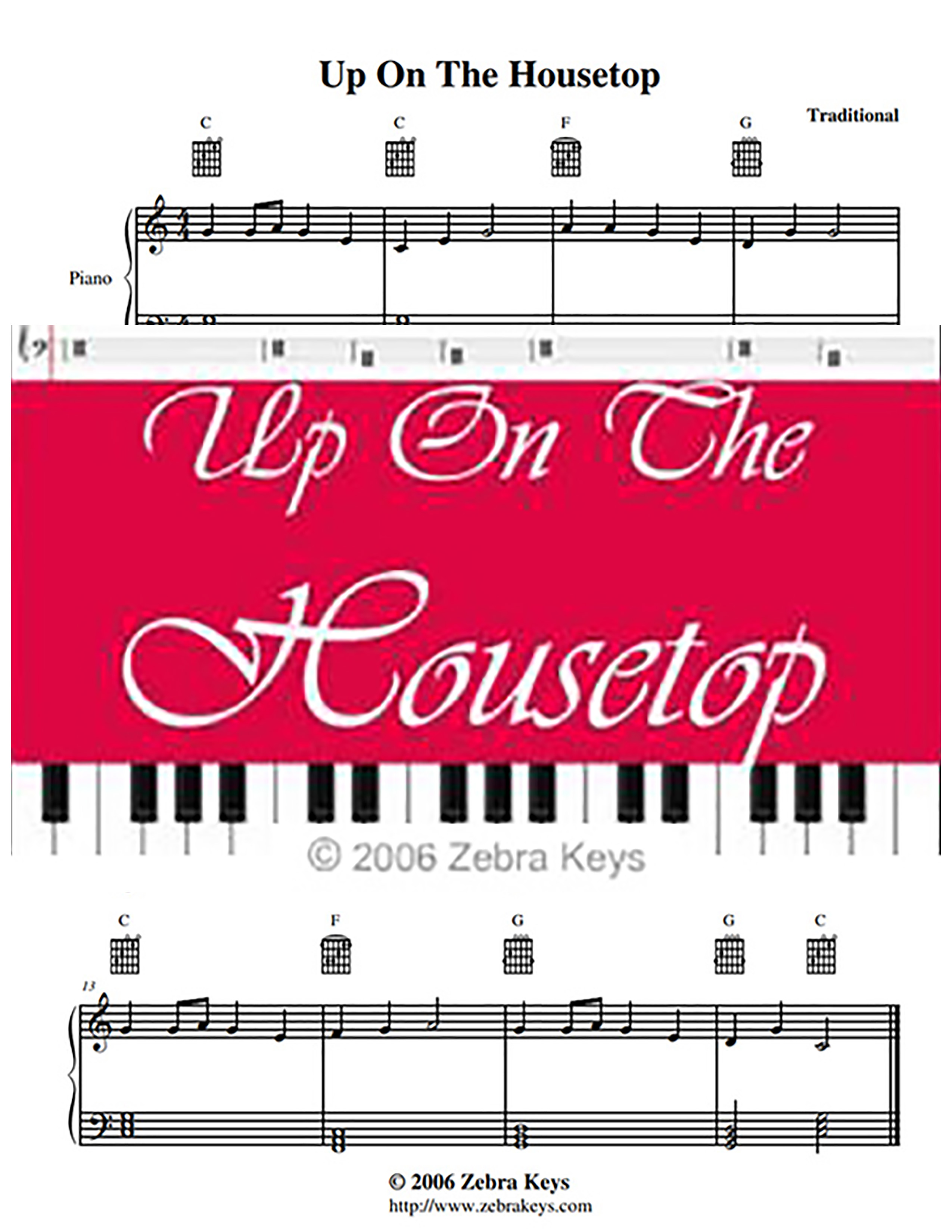 |
 |
| | | | | | | | | G | | | |||
| | | CC C D | | | EE E E | | | DE F B | | | D C G | | |
| | | CC C D | | | EE E E | | | DE F G | | | D C G | | |
| | | GE A G | | | GF F F | | | FD G F | | | FE E G | | |
| | | CC C D | | | EE E E | | | DE F G | | | D C | | |
| 1 | | | 2 | | | 3 | | | 4 | | | 5 | | | 6 | | | 7 | | | 8 |
| 9 | | | 10 | | | 11 | | | 12 | | | 13 | | | 14 | | | 15 | | | 24 thru 50 |
| 16 | | | 17 | | | 18 | | | 19 | | | 20 | | | 21 | | | 22 | | | 23 |